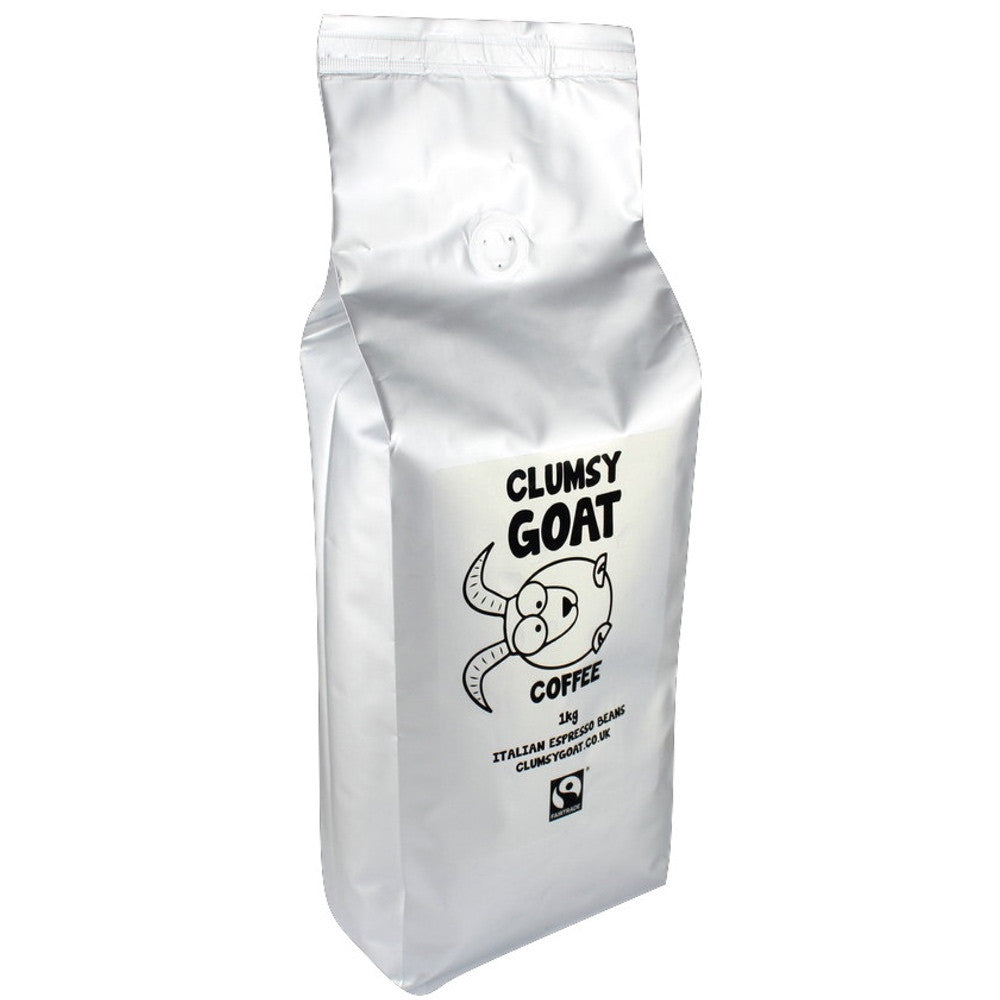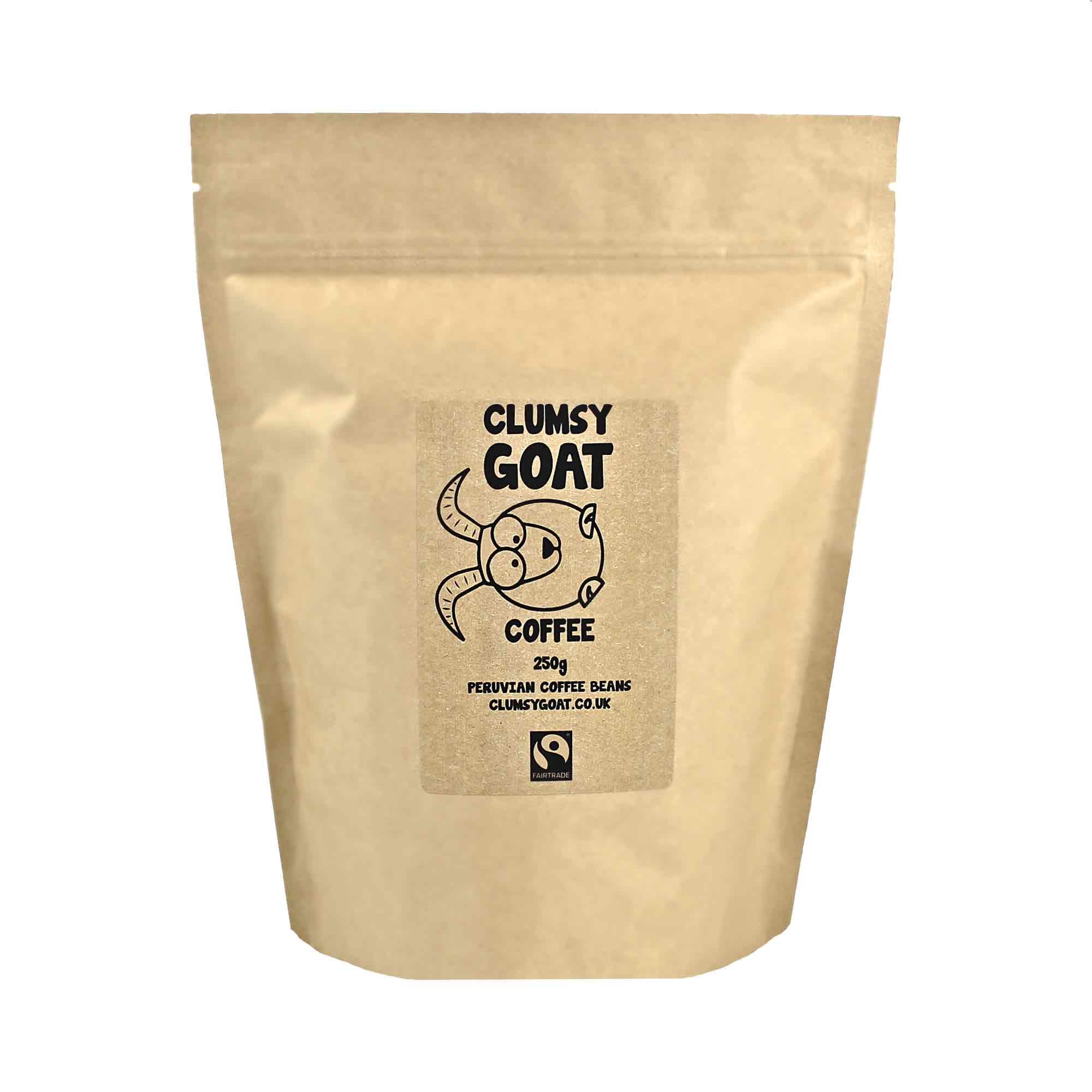Coffee Guides
Coffee storage - Our top tips for keeping your beans fresh!
I’m guessing that by now, most of us are well aware of the many
This Week on the Blog - What is Coffee Acidity?
Today we turn our attention to coffee acidity. It’s often an important focus of coffee tasting...
What’s the best coffee to enjoy in the summer months?
With summer so readily upon us, it’s about time we prepared ourselves. For most of...
What’s the difference between Arabica and Robusta coffee beans?
You might be reading this as a seasoned sipper who’s looking to brush up on...
What’s the difference between washed and unwashed coffee?
Many of us are familiar with the various steps in the journey that lies ahead...
You might like
-
Clumsy Goat Fairtrade Italian Espresso Coffee Beans – 100% ArabicaFrom £12.50£12.50Sale Sold out
-
Clumsy Goat Fairtrade Peruvian Coffee Beans - 100% ArabicaFrom £31.00£31.00Sale Sold out
-
Clumsy Goat Fairtrade Honduran Coffee Beans - 100% ArabicaFrom £31.00£31.00Sale Sold out
Shopping cart (0)
Spend
£100.00
more for FREE shipping!
You might like
- Choosing a selection results in a full page refresh.
- Opens in a new window.












